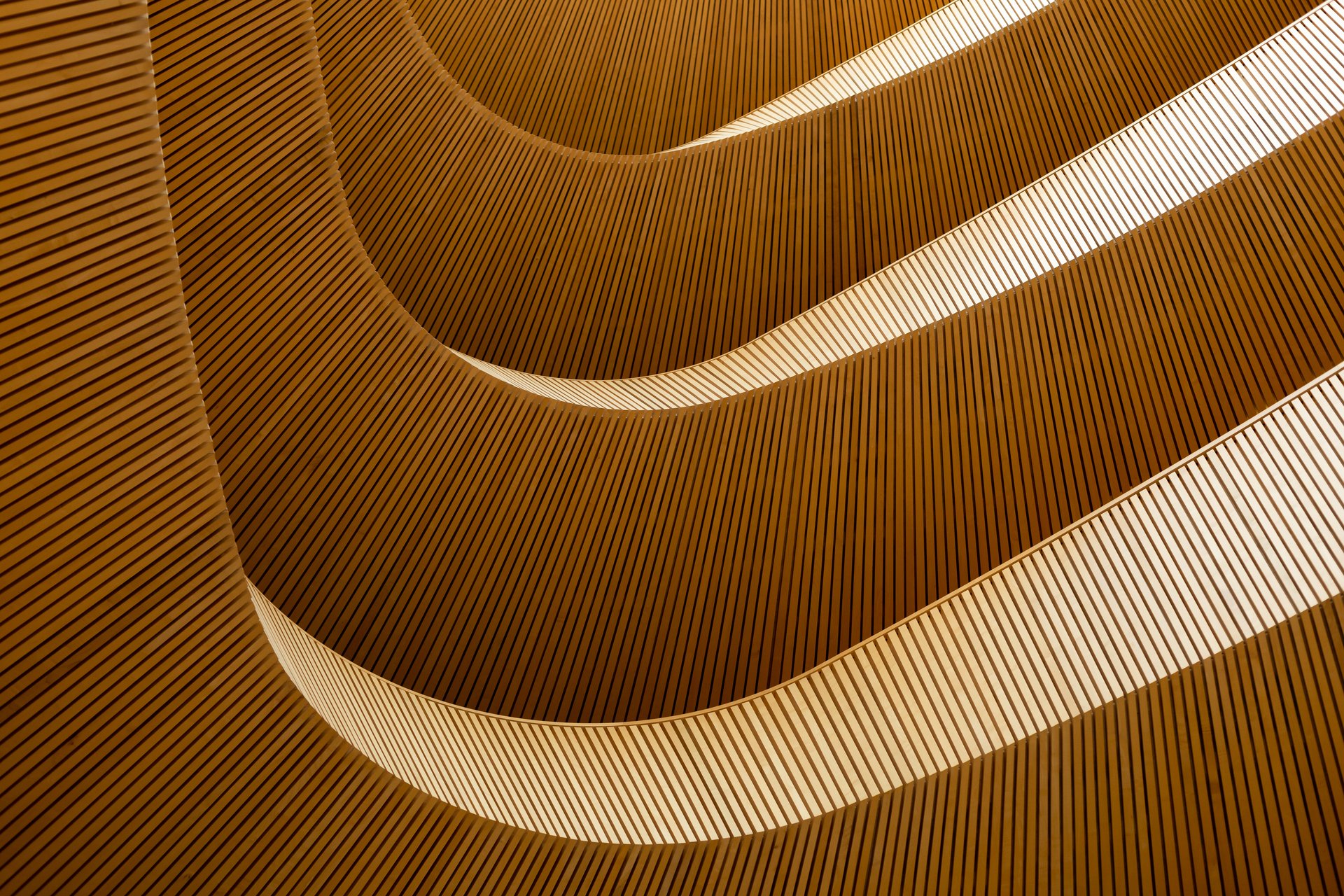3 min read
Section J vs. JV3 - When to use Which Compliance Method
What’s the difference between a Section J and JV3?
A JV3 assessment and a Section J assessment are both methods of...

This process involves the comparison of a proposed design with a Deemed-to-Satisfy (DtS) reference building whilst also taking into account the specific location and weather data of the proposed building.
The proposed building must not exceed the annual energy consumption of the DtS building, this allowing much more flexibility when designing, with building elements being able to be chosen as long as the sum of the whole building does not exceed the maximum annual consumption.
The JV3 alternative assessment can be used to attain certain flexibility when designing, such as glazed elements (e.g. the amount, orientation and quality), the building fabric (e.g. the envelope, facades, floors, walls, and roof) and when planning the services (e.g. air conditioning, lighting and heating) as opposed to just a DtS Section J report.
The proposed building's annual energy consumption is not to be greater than the annual energy consumption allowance.
The subject building's annual energy consumption is assessed in:
MJ/m² or kWh/m² per annum
The energy consumption is compared with a reference building's theoretical annual energy consumption. The reference building assumes that it complies with the Deemed-to-Satisfy (DtS) requirements.
What’s the difference between a Section J and JV3?
A JV3 assessment and a Section J assessment are both methods of...
To ensure a seamless approval process that doesn't hold you down or end up costing more than it should, it's critical...
With the industry reaching new material heights, creating products which are physically beneficial to the environment,...
FOR IMMEDIATE RELEASE
Sydney, 11 March 2025
Certified Energy is pleased to announce our...